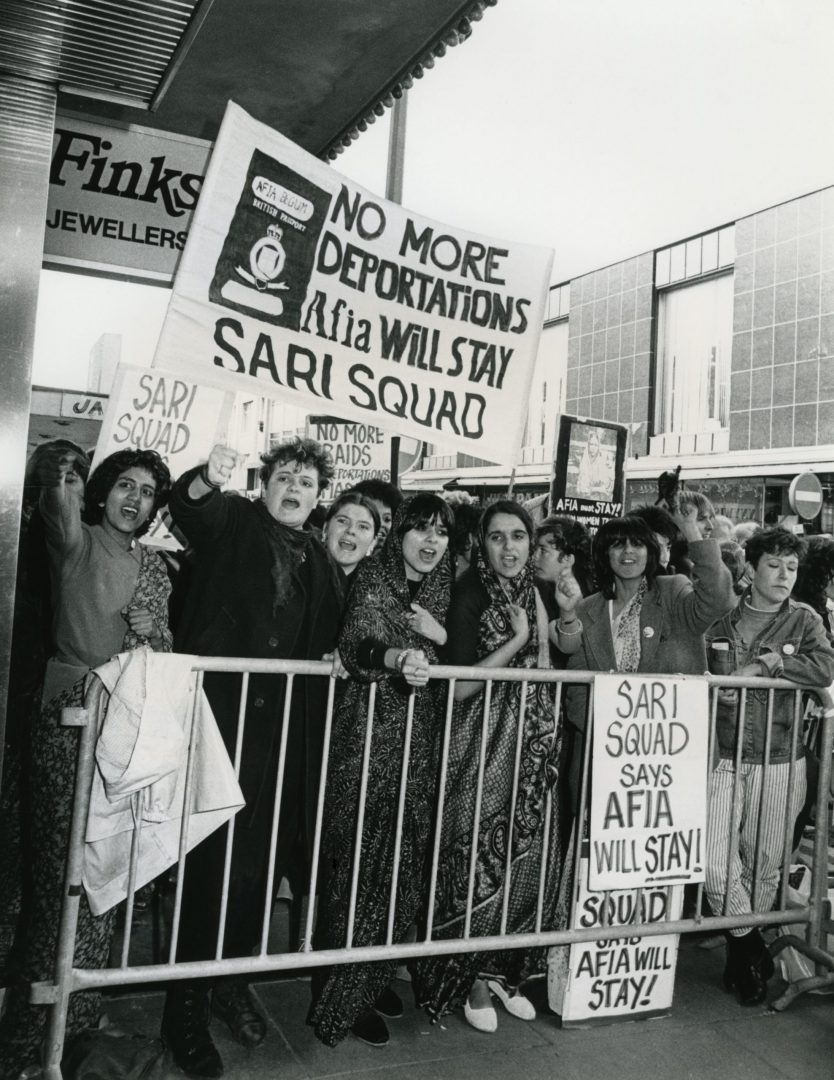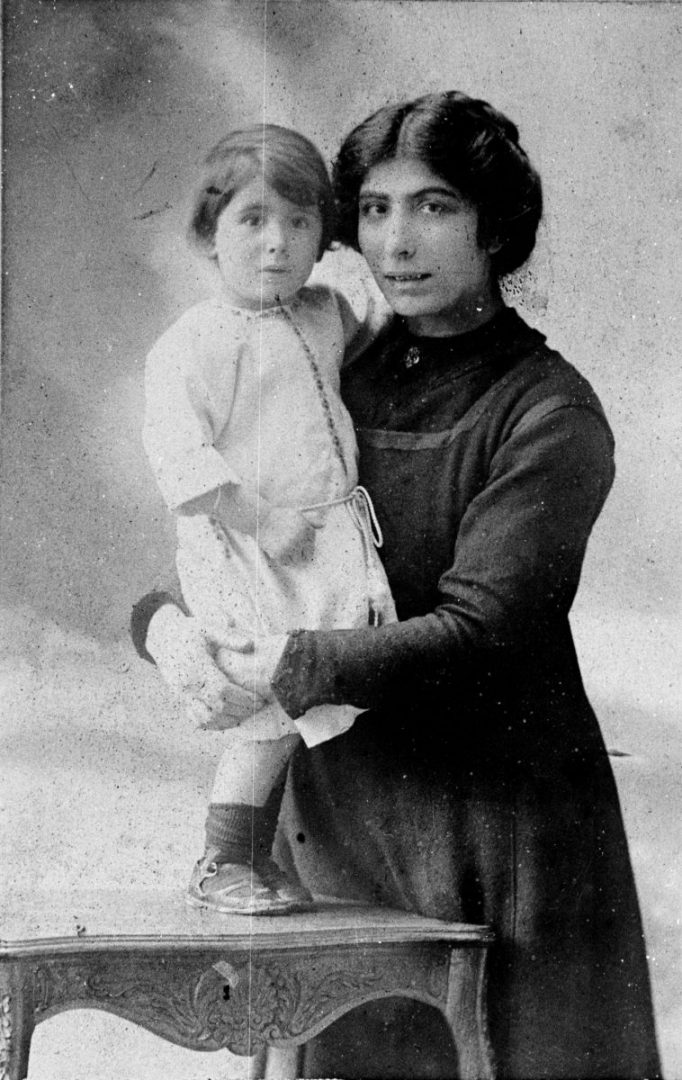Answer the questions while navigating through this pack. You do not have to complete everything in one go – it can be done over several days - so take your time and enjoy this learning journey.
During these lessons, you will also make some things offline, which you should take photos of. Save those photos somewhere you can remember as you will also need to send them to your teacher.

It’s time to learn about the history.
Watch social historian, Esther Freeman, as she explains what we’ll be exploring in this online resource.
Once you’ve watched, click the arrow button on the right to continue with the exercises.
These photos date from 1880 to 1920. Drag them into the correct order, from oldest (left) to most recent (right).
Hint: Is there something in the picture that could help you, for example the clothing? Or is there an older person in your household who might be able to help identify the era?
We have collected some stories of Women Activists of East London (opens in new window). Go read and listen to their stories. As you look through them think about which ones stand out most to you, and pick your favourite women or group of women.
Take your time when going through the stories. Read and listen carefully to each and pick your favourite. Remember which one you chose, as you will need her story to continue with the activities in the following sections.
You may come across language in this exhibition that is unfamiliar to you. To help you out we have created a glossary of terms. Use this if you come across something you don’t understand.

Art and protest have a long history together.
Watch social historian, Esther Freeman, as she explains how they interconnect.
Once you have watched, click the arrow button on the right to continue with the exercises.
Choose one of the women (or a group of women) you've just learnt about and make a poster, banner or t-shirt about the theme they campaigned on.
Use any materials you have around the house, or just draw it using pen and paper. You can use the photos on this page as inspiration.
When you have finished, take a photo of your design and save it to your computer. Remember where you saved it because you will need to retrieve it and send it to your teacher at the end.




The internet has radically changed the way we protest.
Watch social historian, Esther Freeman, as she explains how the digital revolution transformed activism.
Once you have watched, click the arrow button on the right to continue with the exercises.
Create a social media profile for the woman (or group of women) you have chosen.
If they were alive before social media was around, how do you think they would describe themselves today?
You can use the social media template on this page, or create your own!
Downloads: PDF Template, Word Template
Make sure you include an avatar, name, date/year of birth, interests and a short description.
When you have finished, take a photo of your social media page and save it to your computer. Remember where you saved it because you will need to retrieve it and send it to your teacher at the end.

Interview a family member or neighbour who has helped change their community. Helping in the community might be organising a protest or petition, or volunteering at a school or food bank. It can also be smaller things like helping an elderly neighbour with their shopping. You can do this either by phone, video call or maybe they are living in your household.
Before you call think through and write down a few questions.
Try and avoid closed questions that only elicit a yes or no answer. Using open ended questions will encourage your interviewee to talk more. Open ended questions start with how, when, where, why, who and what. You can also use the phrase “tell me about...” to encourage more free flowing answers.
Hint:
Here are some talking points you might like to think about when conducting your interview:
- Some people have grown up in families where activism was always present, and some haven't
- Many people have a tipping point – something that pushed them into their first action or protest
- Some people take part in loud protests and some prefer working more quietly with individuals
- Many people have moments that they feel very proud of
- Some people have memorable moments – getting people to describe sights, sounds, smells can help bring that moment alive for the listener
Write a magazine style article based on your interview, with the key points your interviewee raised. Make sure you save your article somewhere on your computer where you can find it again.
For inspiration listen to Arfia Nasim's story.

Arifa on campaigning
Check you have done everything:
• Answered the questions in part 1 and 3
• You should have taken a photo of your protest artwork and saved that on your computer
• You should have take a photo of your social media page and saved that on your computer
• You should have written a magazine style article based on your interview and saved that on your computer.
That's three files – do you have them all? If so now is the time to send them to your teacher by the method that have told you to use. If they have not told you how to send work in, or you have forgotten, call your school to ask.
Well done – you have completed this learning journey on Women Activists of East London. When you return to school, how do you think you could share this work with your friends and teachers? (e.g creating an exhibition)

If you would like to learn more, check out our reading list:
Rad Women Worldwide: Artists and Athletes, Pirates and Punks, and Other Revolutionaries Who Shaped History Buy now
Kid Activists: True Tales of Childhood from Champions of Change Buy Now
Young Revolutionary: A teens Guide to Activism Buy Now
Suffragette: The Battle for Equality Buy Now
We Should All be Feminists Buy Now
Here are some films* about inspiring women you might like to watch:
*Some of these films feature scenes of sex and violence – parental guidance advised
https://medium.com/@esther_freeman/ten-feminist-films-for-lockdown-4aa28e82d479

